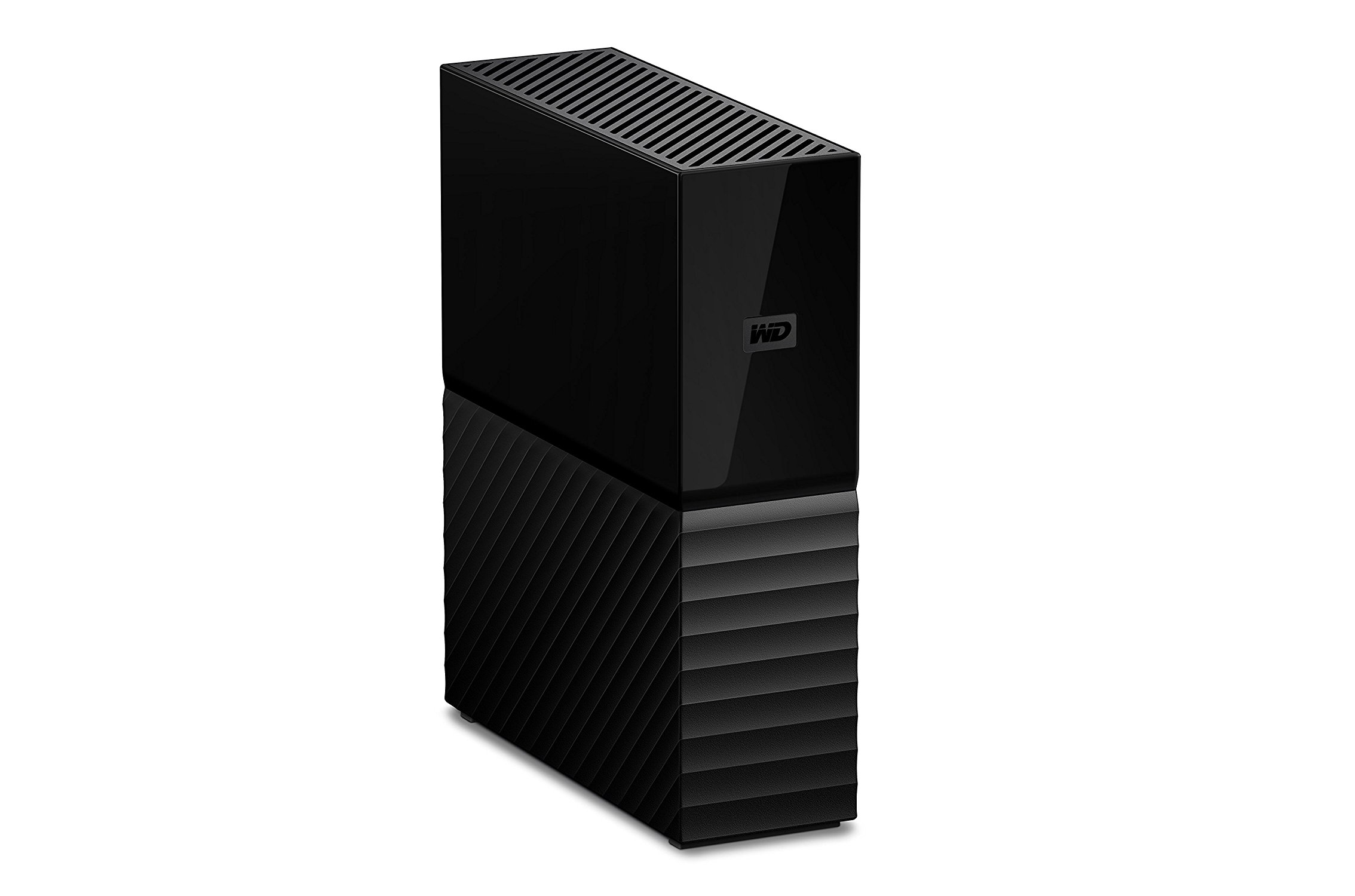

When you first attach a new external hard drive to your Mac, it should mount and be ready to use; however, before relying on it, consider first taking a couple of precautionary steps to ensure that the drive continues to work as expected. One of the first things to take into account is that the drive is likely preformatted to FAT32 instead of a more OS-specific format. Since FAT32 is readable and writable on both Windows and OS X systems, this is quickest way for a drive to work on each platform; however, it does have some limitations, including the lack of journaling support that would help prevent data corruption, and lack of support for filesystem permissions.
How To Use An External Hard Drive Formatted For Mac On A Pc
In addition, FAT32 drives usually come with the Master Boot Record partition scheme, which does not work with Apple's CoreStorage routines, and therefore will not allow OS-supported encryption of the drive (among other customizations). Sometimes drives will come with special drive management software on them that will give you options for partitioning the drive and backing up your files to it. While these may be convenient, they are not the most recommended approach to managing the drive.

For one, unless the drive uses a special multidisk RAID setup, OS X already comes with all the necessary tools for managing the drive. Additional tools from third-party manufacturers may lead to compatibility problems, as was recently seen when incompatible drive management software resulted in who had upgraded to OS X Mavericks. Because of this, if the drive you have purchased is a special RAID array, then you may have to use the manufacturer's setup; however, if it is a single-drive device, then before using it be sure to format it using Disk Utility in OS X. If the drive is going to be used only with your Mac and with other Macs, then consider using Apple's Mac OS X Extended (Journaled) format, and only use FAT32 if you intend to use the drive with a Windows system. When you select the drive device, the partition tab will appear. In this case the options are grayed out because the boot drive cannot be repartitioned and formatted, but they should be available for external drives. Screenshot by Topher Kessler/CNET To format the drive, attach it to your system and open Disk Utility, and then perform the following steps:.
Select the drive device in the list of devices, which is the item above any storage volumes on the drive, and which may show the manufacturer name, media size, and so on. Choose the 'Partition' tab that appears. Select '1 Partition' from the drop-down menu (or more, if you have specific need for more than one volume). When you select a new partition layout from the drop-down menu, each new partition will be formatted to Mac OS Extended (Journaled) by default, but be sure to double-check this by selecting each in the partition diagram and then choosing the format for it. Click the Options button and ensure 'GUID' is selected as the partition scheme. Click Apply to save the changes. When this is done, the disk should unmount and then remount with the new formatting settings, and now be ready for use.
Generally a format of the drive in this manner is all that is needed; however, some people may wish to test drives further to make sure the media does not contain any bad blocks or other errors beyond the scope of the drive's formatting. For most in-depth testing of drives, a third-party tool like Drive Genius or Tech Tool Pro can be used, but Disk Utility does support one option, which is to use the Secure Erase option to write zeros to the disk surface. To do this, select the volume, then click Secure Erase in the Erase tab, and drag the Secure Erase slider to the second position before clicking OK. This will cause each available data block to be accessed and written to, and if one is bad then the disk will allocate a spare block in its place and ensure that the logically writable storage space is available for use. Secure Erase and other similar options that test each storage block of a device may take a number of hours to complete, but it reduces the number of potential problems with the drive. Post them below! Be sure to check us out on and the.